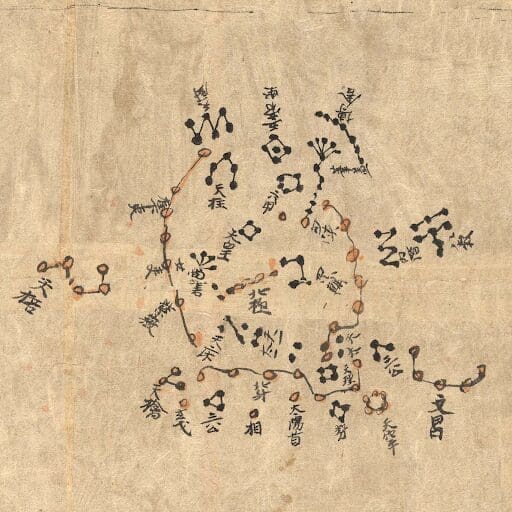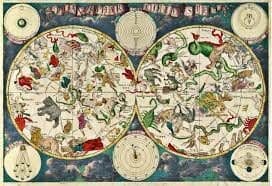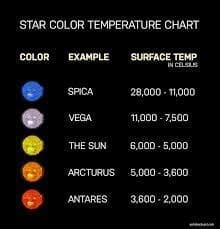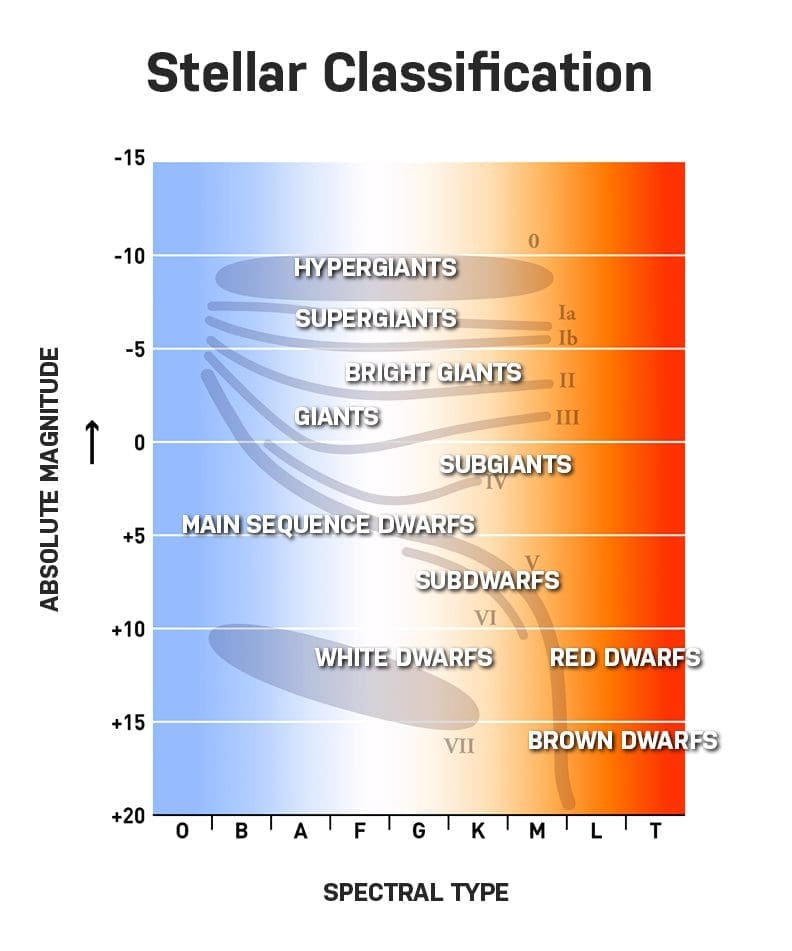
Stars have always been a favorite genre; be it films or fiction. Often the subject of contemplation, these celestial bodies have dominated the fields of literature and science alike. While looking at the night sky, some of us wonder whether it’s our long-gone ancestors overseeing us or are we the one’s peeping into the past.
The importance stars hold in our lives is justified-the Sun (a star) is the source of life and energy on the planet and every day we spend here is denoted by the Gregorian calendar, which follows the movements of Earth about its axis around the Sun. But the history of those tiny, shiny dots has evolved enormously over the centuries, and every revelation is a cue for another set of curiosities- a never-ending saga!
And this journey is equally STELLAR!
THE STELLAR HISTORY

Ever since human civilization started flourishing on Earth, every natural occurrence has been recorded and studied. The same goes for stars. Early philosophers and astronomers analyzed the night sky and could make out subtle differences; some stars appeared to be ‘fixed’ and did not change their positions over time while others seemed to ‘wander’ over days. These wandering stars were, in fact, planets. They also took notice of rare occurrences like comets, meteor showers, etc.
The Egyptian civilization was the earliest one to map the night sky. Other documentations of stars such as catalogs and lists were also prevalent in Babylonian, Mesopotamian, Greek, Chinese, and many other ancient civilizations. With time, the discovery of telescopes made it easier to get a clearer and further picture of these distant neighbors.
WHAT IS STELLAR CLASSIFICATION?
Stellar classification is a means of categorizing all the known stars into groups on some basis. The need for this parallels mankind’s quest for the universe’s secrets and origins. Studying stars helps us understand the universe better. Also, since our source of energy is also a star, it becomes even more important to know how its dynamics work and how similar and different our Sun is to others. With such information, we have been able to find out about our solar system’s origin, age, and probably how it will end. This knowledge has also helped us understand the dynamics of light.

Historically, the motion and fixation of stars were the basis of classification. Still, over time, better and more elaborate ways of classification have emerged, such as based on their color, mass, spectrum (electromagnetic radiation), and temperature.
In the 1860s, Angelo Secchi created Secchi’s classes of stars broadly based on colors, followed by the Draper system, using the objective prism method of spectrum differentiation. By the end of the 19th century, Harvard (based on surface temperature) and Wilson systems (size-based) took over.
SECCHI SPECTRAL CLASSIFICATION
In the 1860-70s, Angelo Secchi, an Italian priest, and astronomer devised a system for classifying stars based on their characteristic spectral features.
The first (class I), included white and blue stars which reported broad hydrogen lines on their spectrum(current classes A, F). Class II included yellow stars with less potent hydrogen lines and more metallic lines(classes G, K, and late F). Class III includes stars with complex spectra, corresponding to M, and class IV houses carbon stars(class C, S). Later in 1877, he added emission stars into class V(modern class Be). Secchi was also one of the earliest believers that the Sun is a star.

MORGAN-KEENAN SYSTEM
Most stars today are classified under the MK system based on temperature and luminosity. As per the MK system, every star is assigned a spectral class (following the older Harvard grouping) and a luminosity class using Roman numbers. To understand the MK system, we must know a little about the Harvard scheme.
According to the Harvard grouping, stars are grouped as per their spectral characteristics by single alphabets, sometimes with numeral subdivisions. Physically, the stars are listed in decreasing order of their atmospheric temperatures, such that ‘O’ means hottest with temperatures of about 29,700℃, and ‘M’ means coolest ones having temperatures in the range of (2100-3400)℃. Each of these classes has been subsequently categorized by adding numbers like B1 would mean the hottest star belonging to class B and B9 would mean the coolest one. The ‘O to M’ scheme also applies to the decreasing radius and mass of stars.

Although most stars appear white, the apparent descriptions made in the Harvard system are what an observer would see when watching the night sky with naked and unaided eyes or with binoculars.
Class O stars are the hottest, largest, and most luminous ones. Their emitted radiations are largely ultraviolet. They also happen to be very rare; only 1 in 3,000,000!
Class B stars are blue and luminous. Their spectrum has neutral helium lines and they possess a lot of energy. Due to this huge amount of energy, their lifespans are cut short and they remain active for very less time.
Class A stars are the more commonly seen white stars. They emit strong hydrogen lines on their spectrum as well as lines of metal like iron and magnesium.
Class F star spectra offer neutral metal lines more prominently, but have weaker hydrogen and ionized metal lines.
Class G stars (including the Sun) have even weaker hydrogen lines than F, but they uniquely possess both neutral and ionized metal ion lines.
Class K stars are orange-like in color and have lower surface temperatures than the Sun. They have very weak hydrogen lines and if present, the spectra only have neutral metal lines. Late K stars have more prominent molecular bands of titanium oxide. Modern theories propose the presence of intelligent life systems on their orbiting planets.
Thus, the order of stars from hottest to coolest is:
O→B→A→F→G→K→M
YERKES SPECTRAL CLASSIFICATION
In contrast to the one-dimensional Harvard system, Yerkes classification is two-dimensional which takes into account both temperature and luminosity for categorization. It is based on spectral lines sensitive to stellar temperature and the surface gravity of stars. This system also allows marginal cases, such as in the ambiguity of a star being a supergiant or bright giant, they are categorized separately with the help of special symbols:
- A slash (/) means that a star is either one class or the other
- A dash (–) means that the star is in between the two classes

The following classes have been put forth:
Ia: most luminous supergiant
Ib: less luminous supergiant
II: luminous giants
III: sub giants
IV: normal giants
V: main-sequence stars
Occasionally, letters a and b are applied to luminosity classes other than supergiants.

Be the first to comment